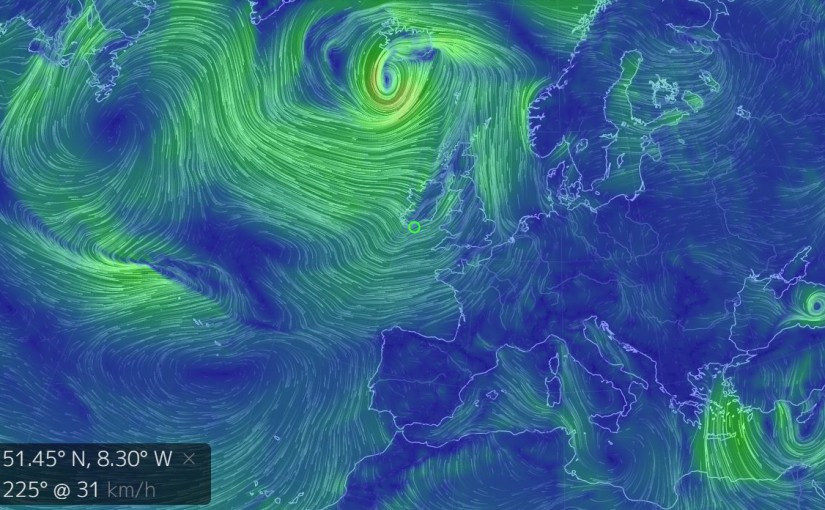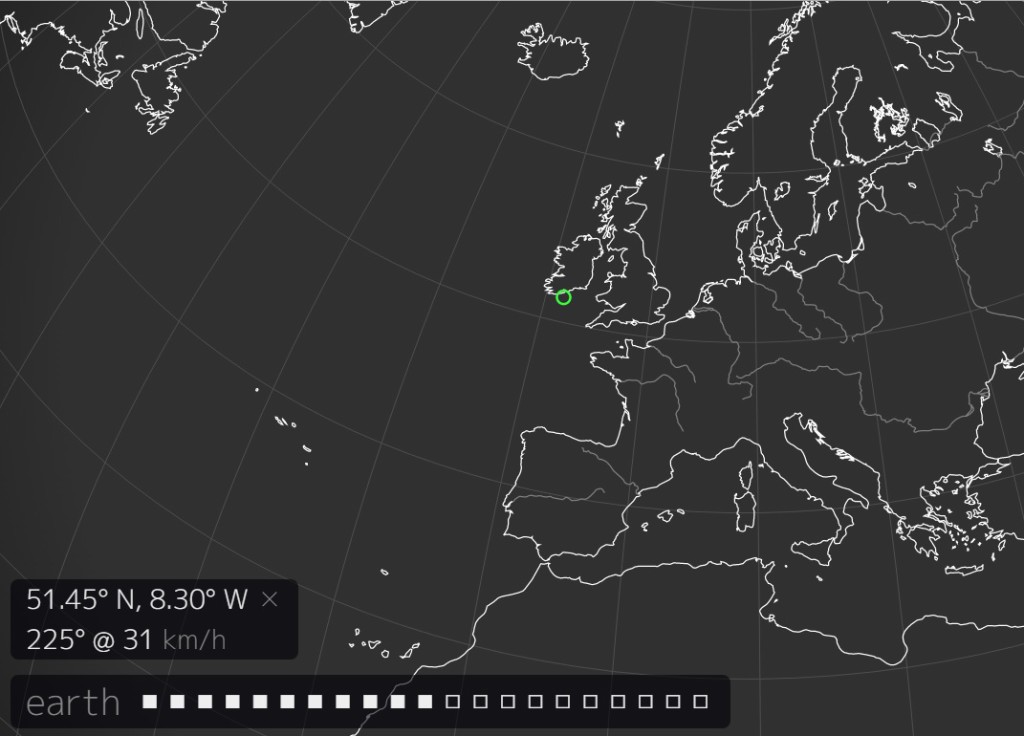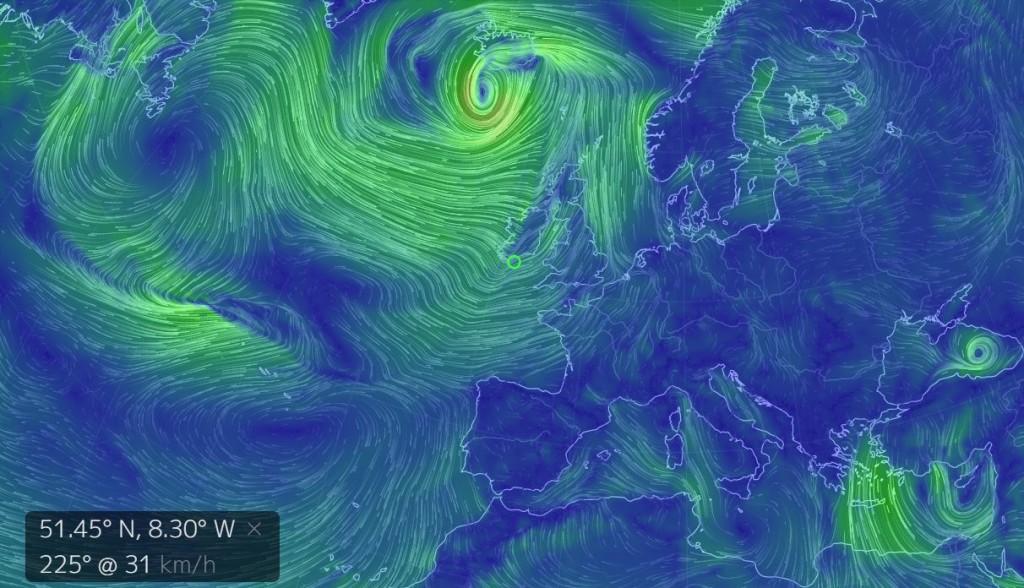I really liked this talk about time ! From a UX Design perspective, it means you have to manage the active and passive phases of the user during the usage of a website, an app: initialization, startup, loading time, rendering time. Behavioral patterns discovered in real life are implemented in UI design to offer the most UX friendly apps. The trend mobile-first pushes the optimization to load what is important first and deliver the user from a long waiting time. Why would you need to wait more than what the browser can possibly render, the reminder being loaded behind the scene.
Managing the user experience during the transition phases requires also a lot of data on the usage of a website or an app to act where there are opportunities to improve the UX. These optimizations are necessary for apps with important volume of data (eCommerce, eBanking, news, stream). A good example, ATMs have nowadays transition screens delivering information on the bank services & products while making you wait for your cash when you withdraw money…
There are plenty of other talks on this JSConf channel that are worth to watch 🙂




